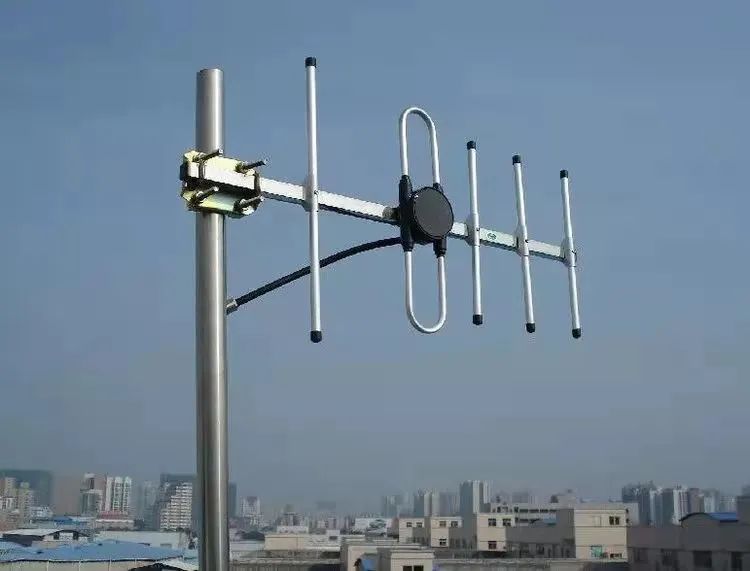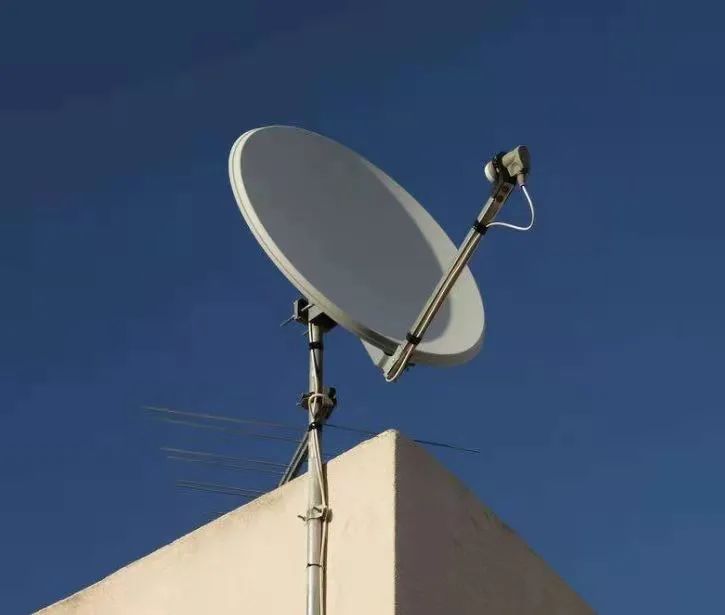Antenna is a kind of common equipment, widely used in radio, television, radio communication, radar, navigation, electronic countermeasures, remote sensing, radio astronomy and other fields. An antenna is a device that can effectively radiate electromagnetic waves to a specific direction in space or receive electromagnetic waves from a specific direction in space. Any device that transmits signals through electromagnetic waves has to carry an antenna.
We find in our daily lives that turning or stretching a radio or television antenna, intentionally or unintentionally, can affect the quality of the signal. In fact, it changes the antenna parameters and affects the reception of electromagnetic waves. The transmitting and receiving effect of the antenna is closely related to the antenna parameters. Here we introduce some basic parameters of the antenna.
1. Working frequency band
The antenna always operates within a certain frequency range (band width), which depends on the requirements of the index. The frequency range that meets the requirements of the index is the operating frequency of the antenna. The frequency bands used by operators vary with different wireless systems. Therefore, antennas with appropriate frequency bands must be selected.
2. Gain
Antenna gain refers to the power density ratio of the signal generated by the actual antenna and the ideal radiation unit at the same point in space under the condition of equal input power. The gain is closely related to the antenna pattern. The narrower the main lobe and the smaller the sidelobe, the higher the gain. Antenna gain is a measure of the antenna’s ability to radiate electromagnetic waves in a particular direction. It should be noted that the antenna itself does not increase the energy of the radiated signal, but it only concentrates the energy in a certain direction through the combination of antenna vibrators and changing the feeding mode.
3. Bandwidth
Bandwidth is another basic antenna parameter. Bandwidth describes the range of frequencies over which an antenna can correctly radiate or receive energy. Antennas with very small bandwidth cannot be used for broadband applications.
In real life, in order to meet a variety of practical needs, engineers have invented a variety of antennas. The most common is this long Antenna, called the Vertical monopole antenna, or GP antenna, which is found in handheld devices.
This is the famous Yagi antenna, made up of multiple units, and has a strong directional, the more guides, the more directional, the higher the gain.
We often see this kind of dish antenna on the roof of the house. It is a highly directional antenna specially used for long-distance communication. It has a very narrow beam width and a very high gain value, which can also be called a high gain directional antenna.
The shapes of the antennas are wonderful,
Only you can imagine,
Can’t do it without MHZ-TD
Post time: Dec-16-2022








